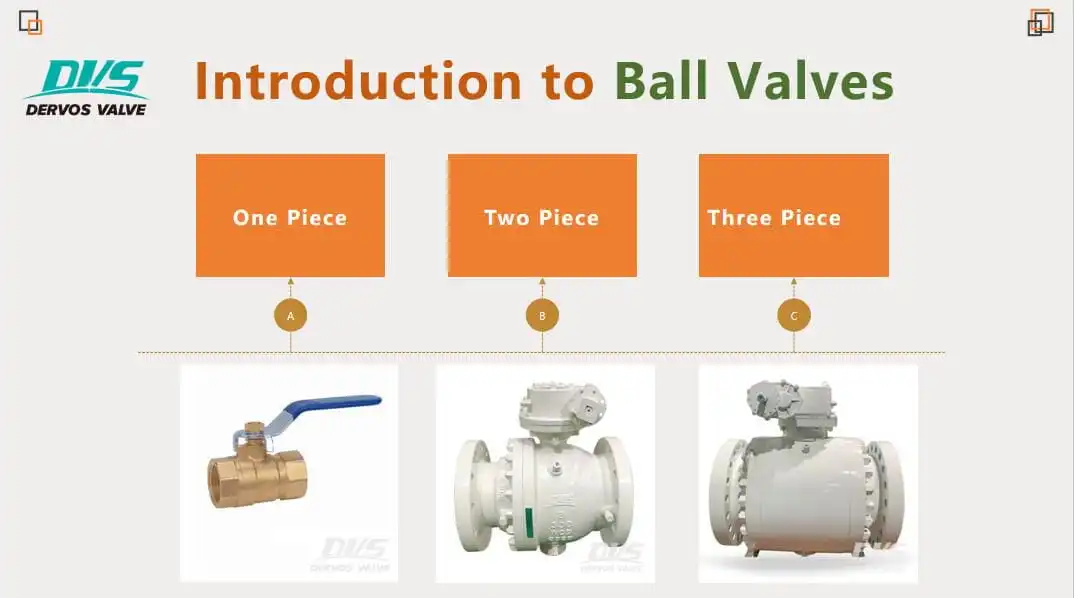Ball valves come in three common configurations, one-piece style, two-piece and three piece. The following are the differences between them and some precautions.
One-piece ball valves are formed by a single piece of material. This construction exhibits strong sealing properties. The valve internals and seals are recessed through either end. The simple one-piece body often results in a lower cost than other versions. Once the valve is in service, it cannot be repaired unless the entire valve assembly is removed from the piping system. One-piece ball valves, however, are inexpensive and usually do not need maintenance.
A two-piece ball valve consists of two separate parts connected by either a threaded or bolted and flanged assembly. One piece of ball valve typically contains the end connections and the body, and the other part is the second part that holds the trim and the second end connection. The configuration trade the risks of potential leakage at the joint for trim’s maintainability.
The three-piece ball valve consists of two end caps and a valve body. The end caps can be welded, threaded, or flanged to the piping on either side. This kind of ball valve will be more expensive than either of the other two types. However, it allows the valve body and valve internals to be removed from the piping system while keeping the piping in place, an option that may be valuable for many applications. As with the two-piece type, this configuration can provide full port and bi-directional shutoff capability.

